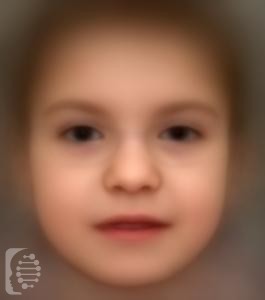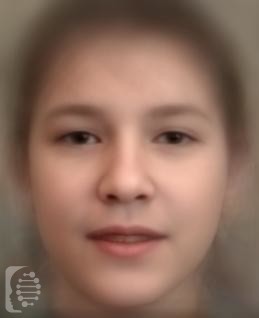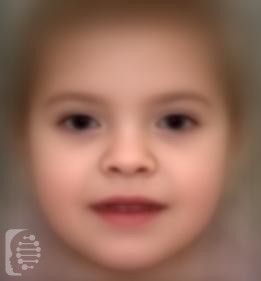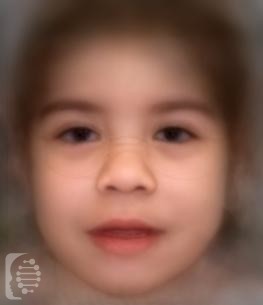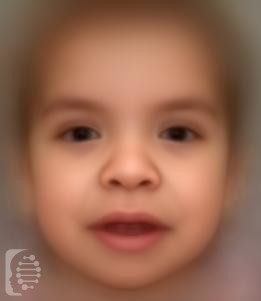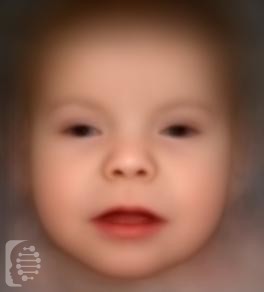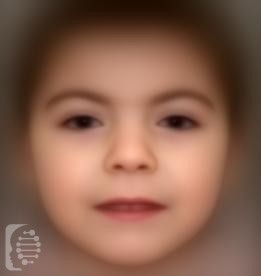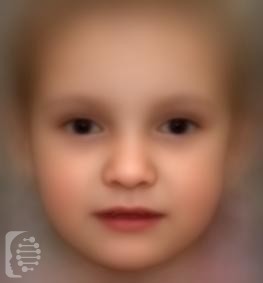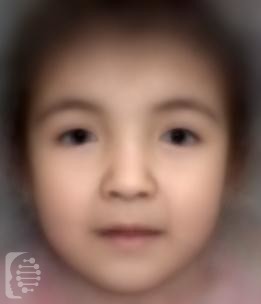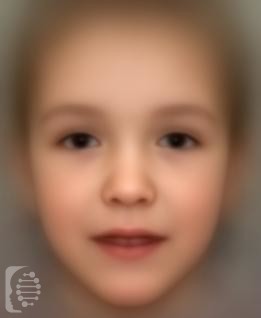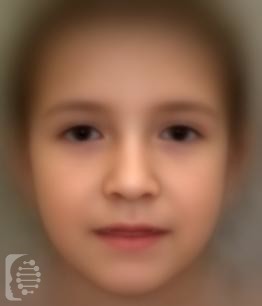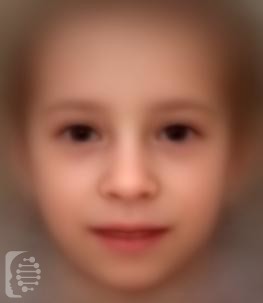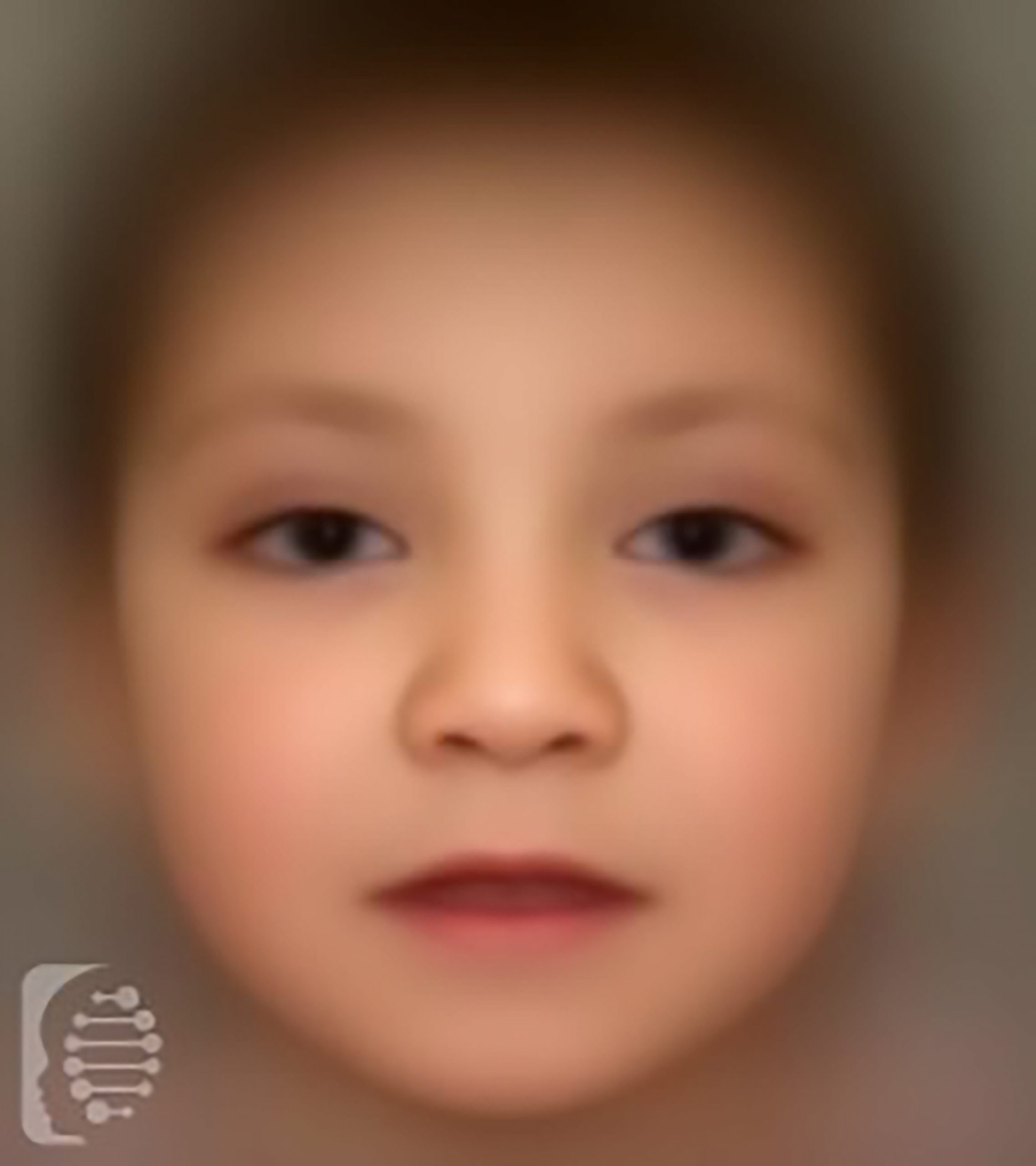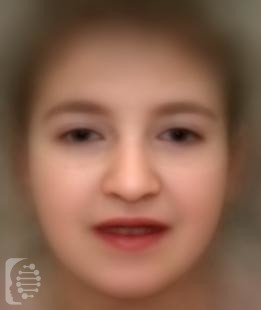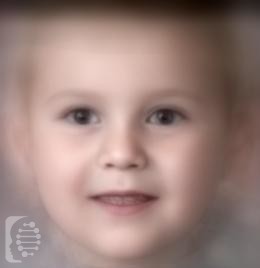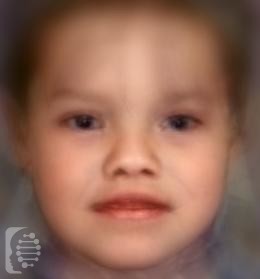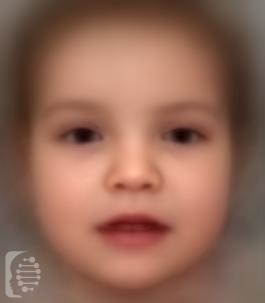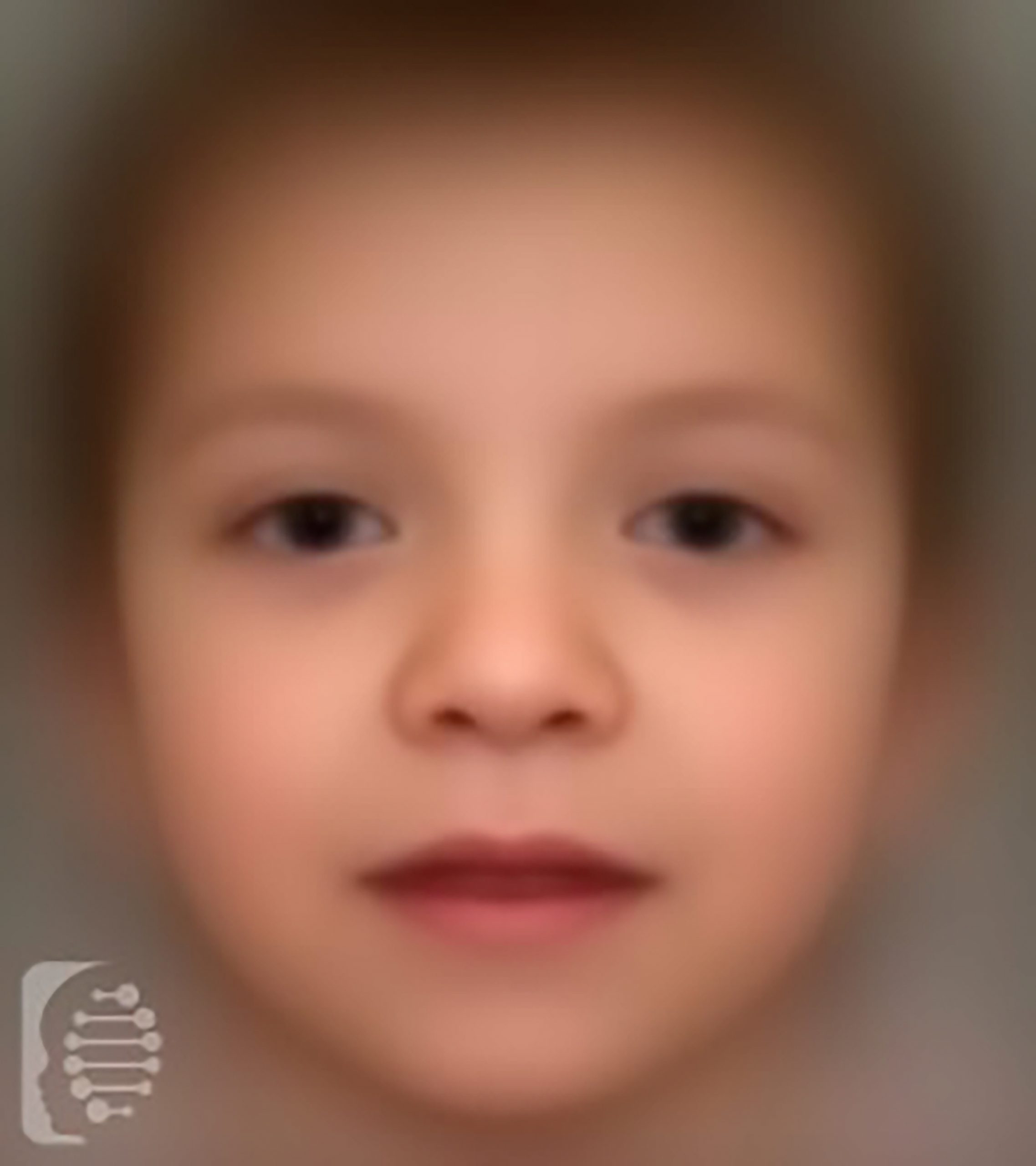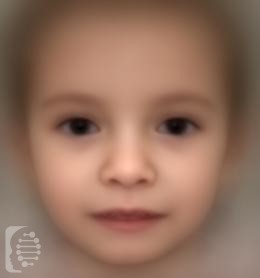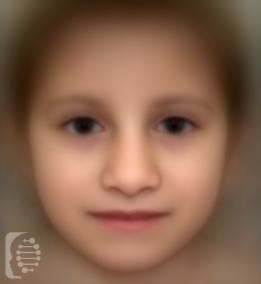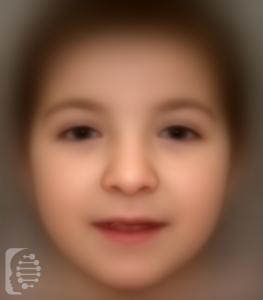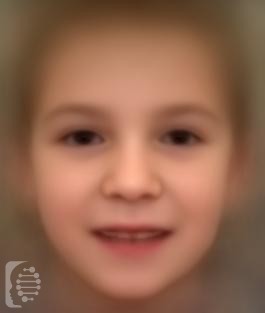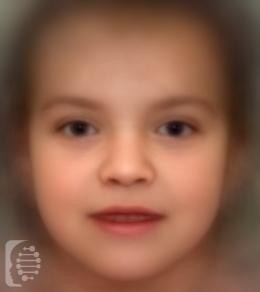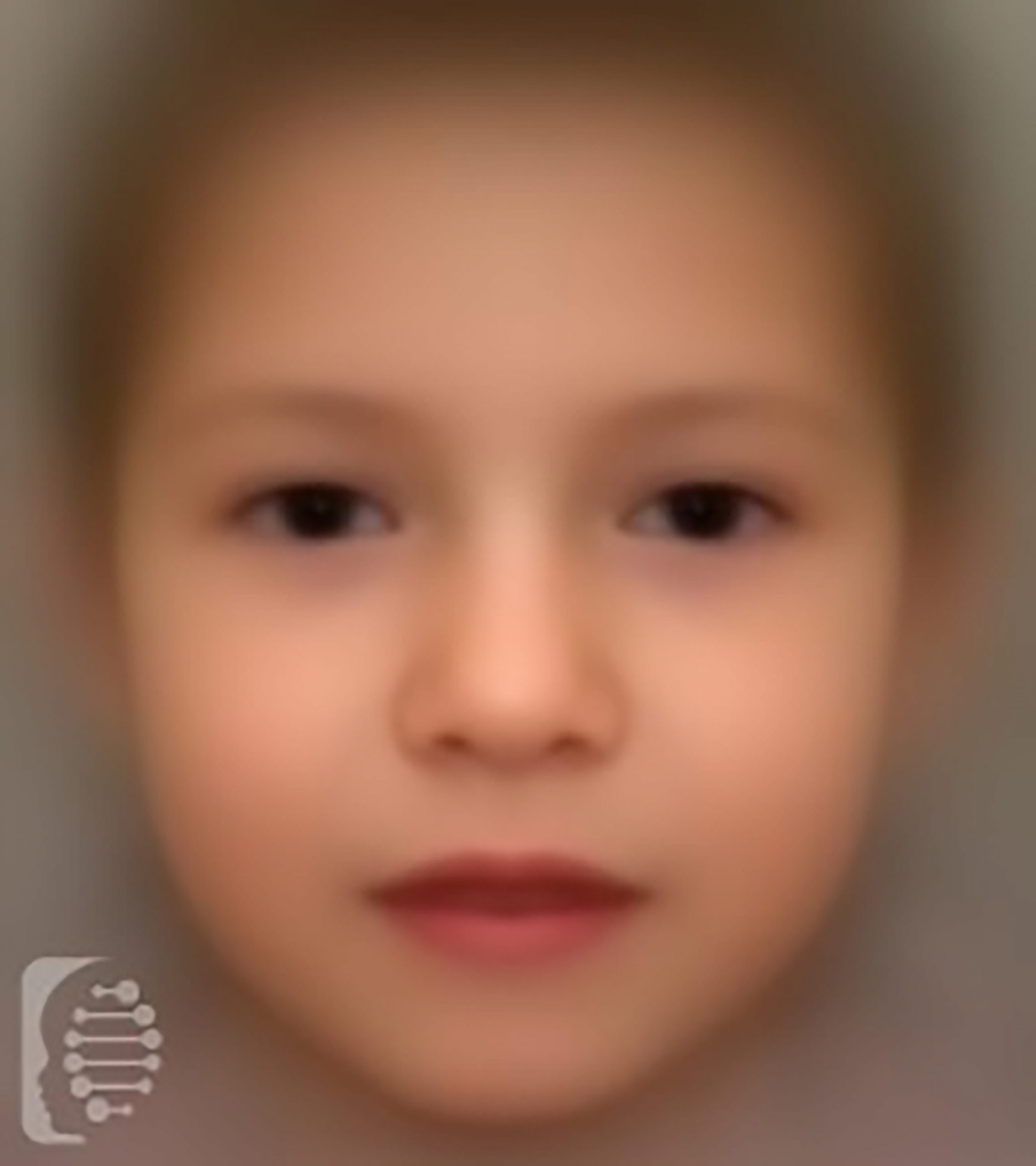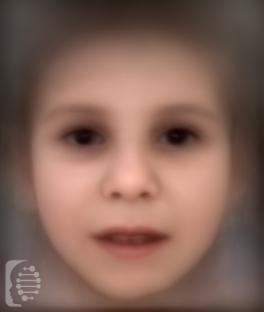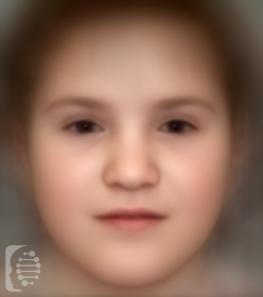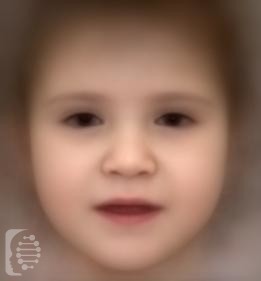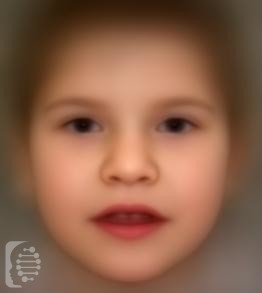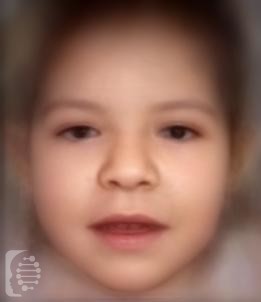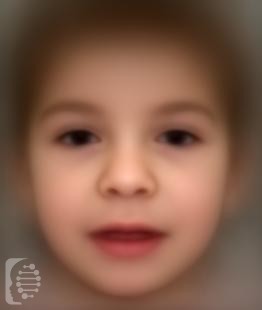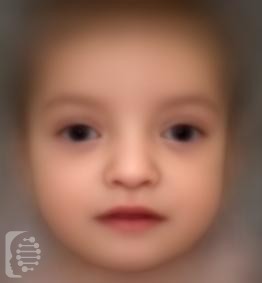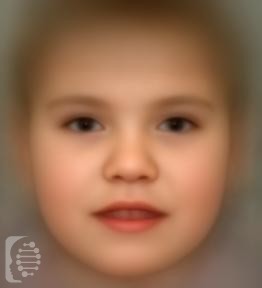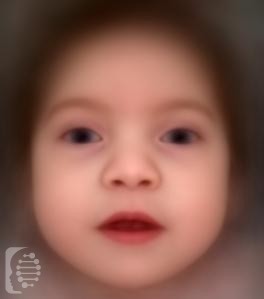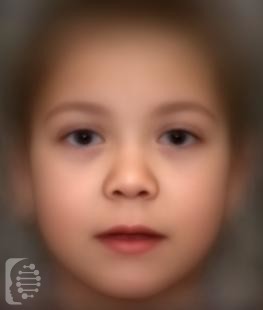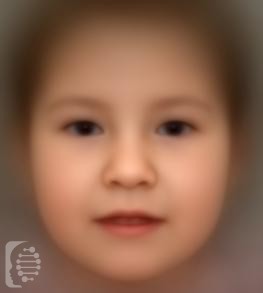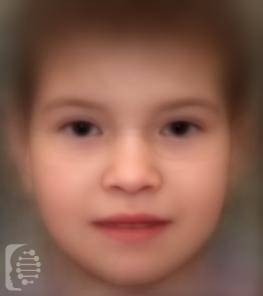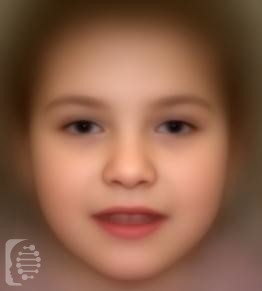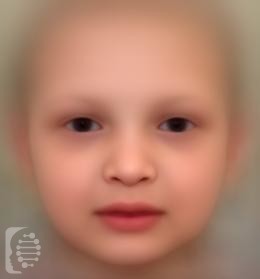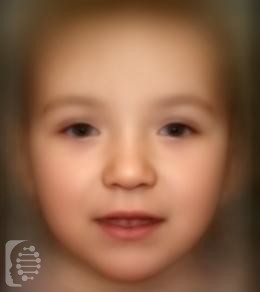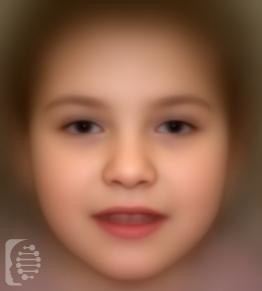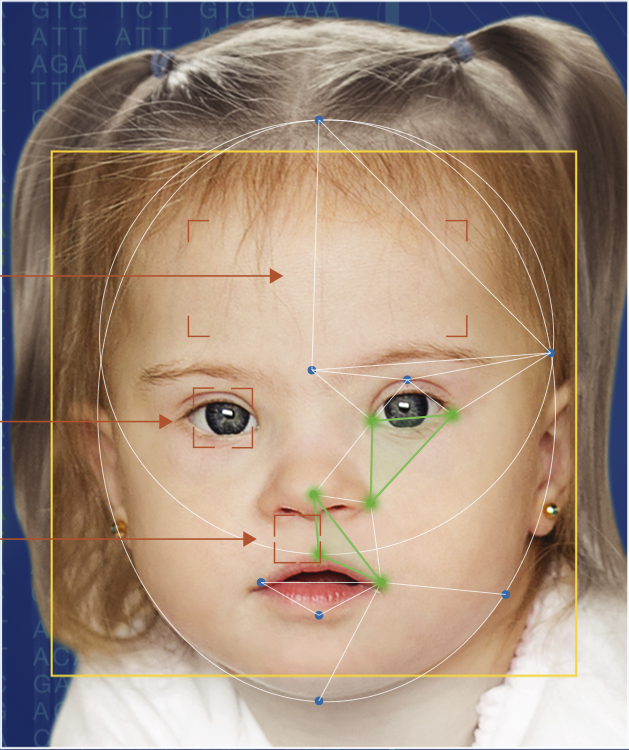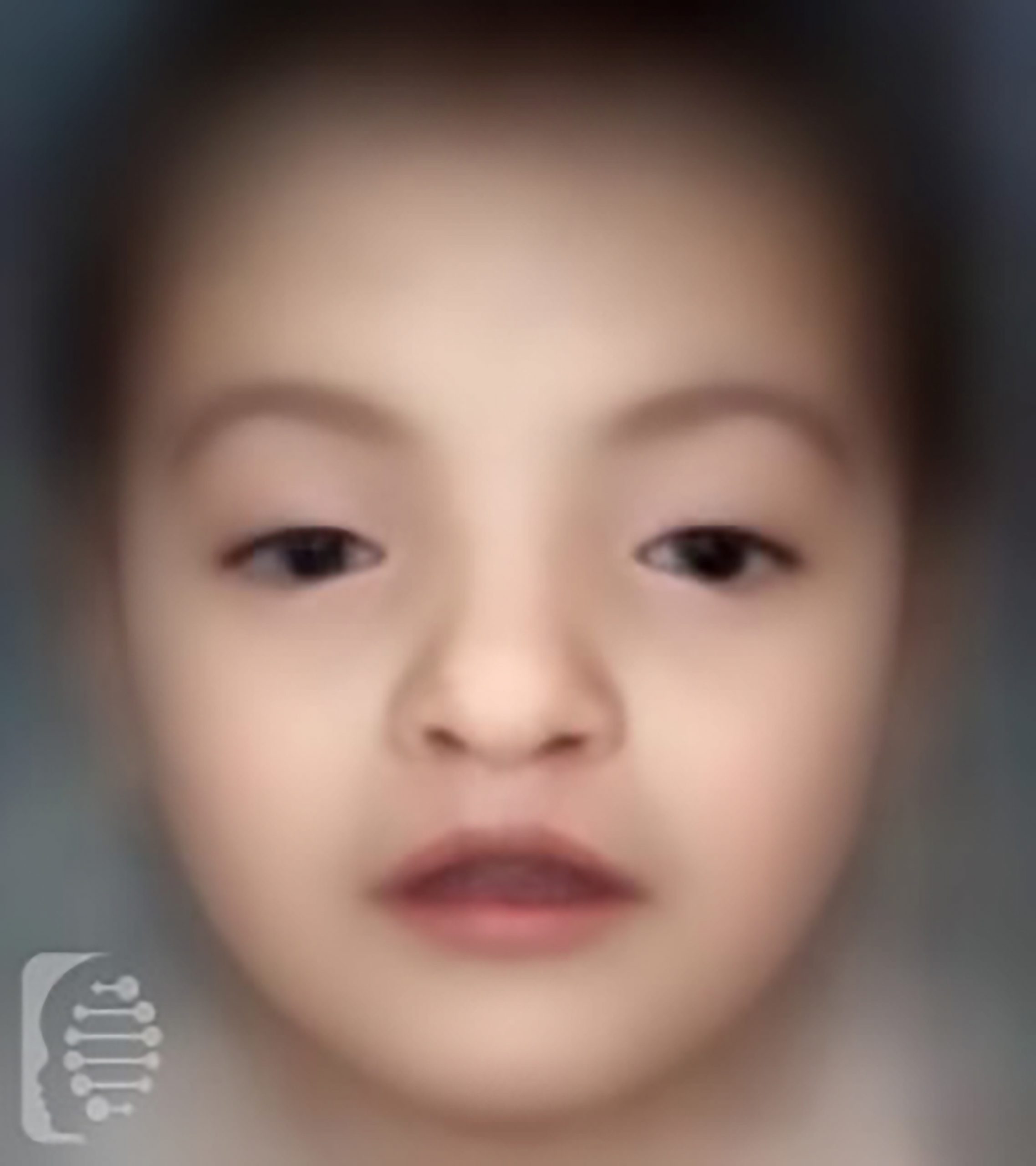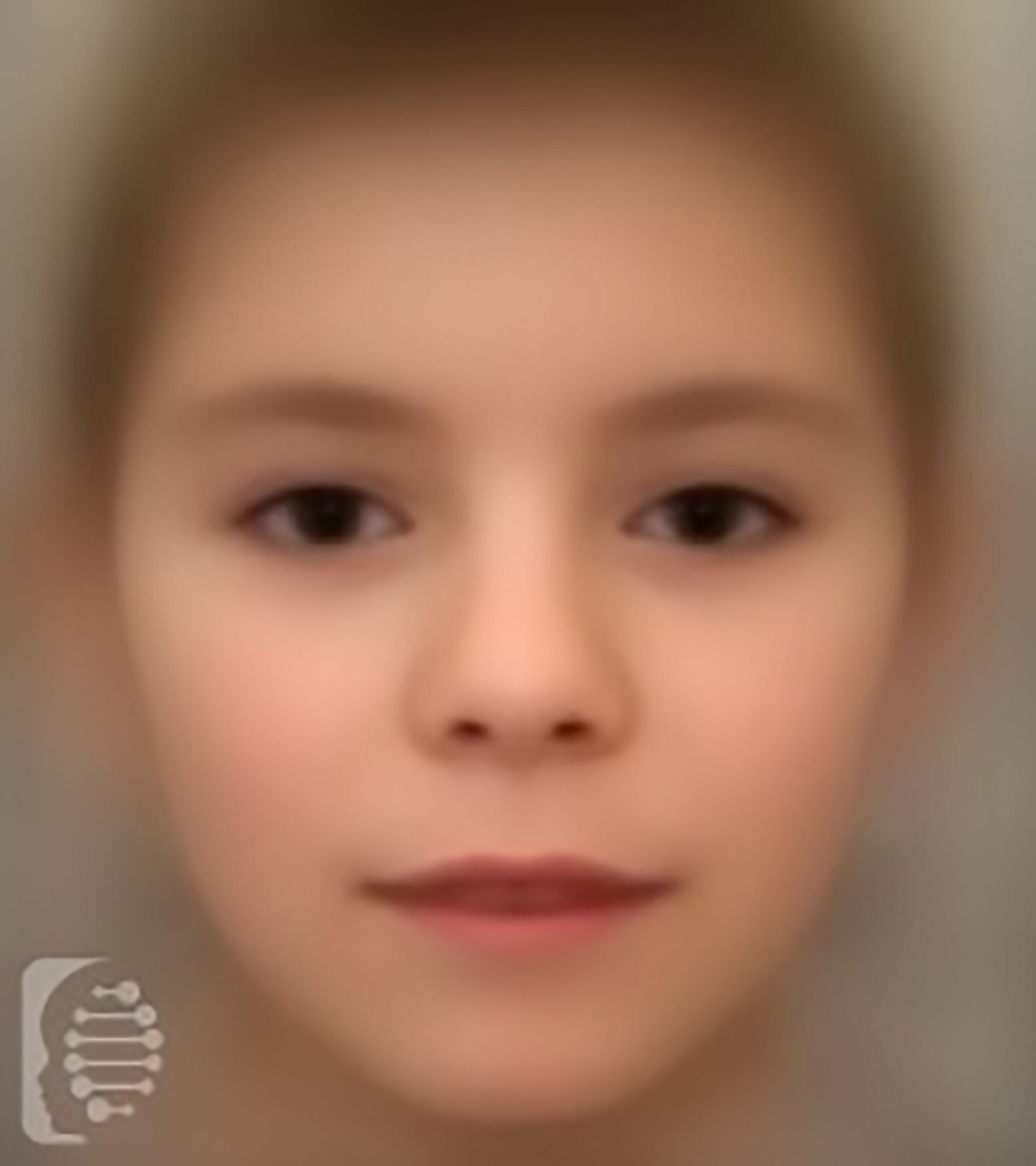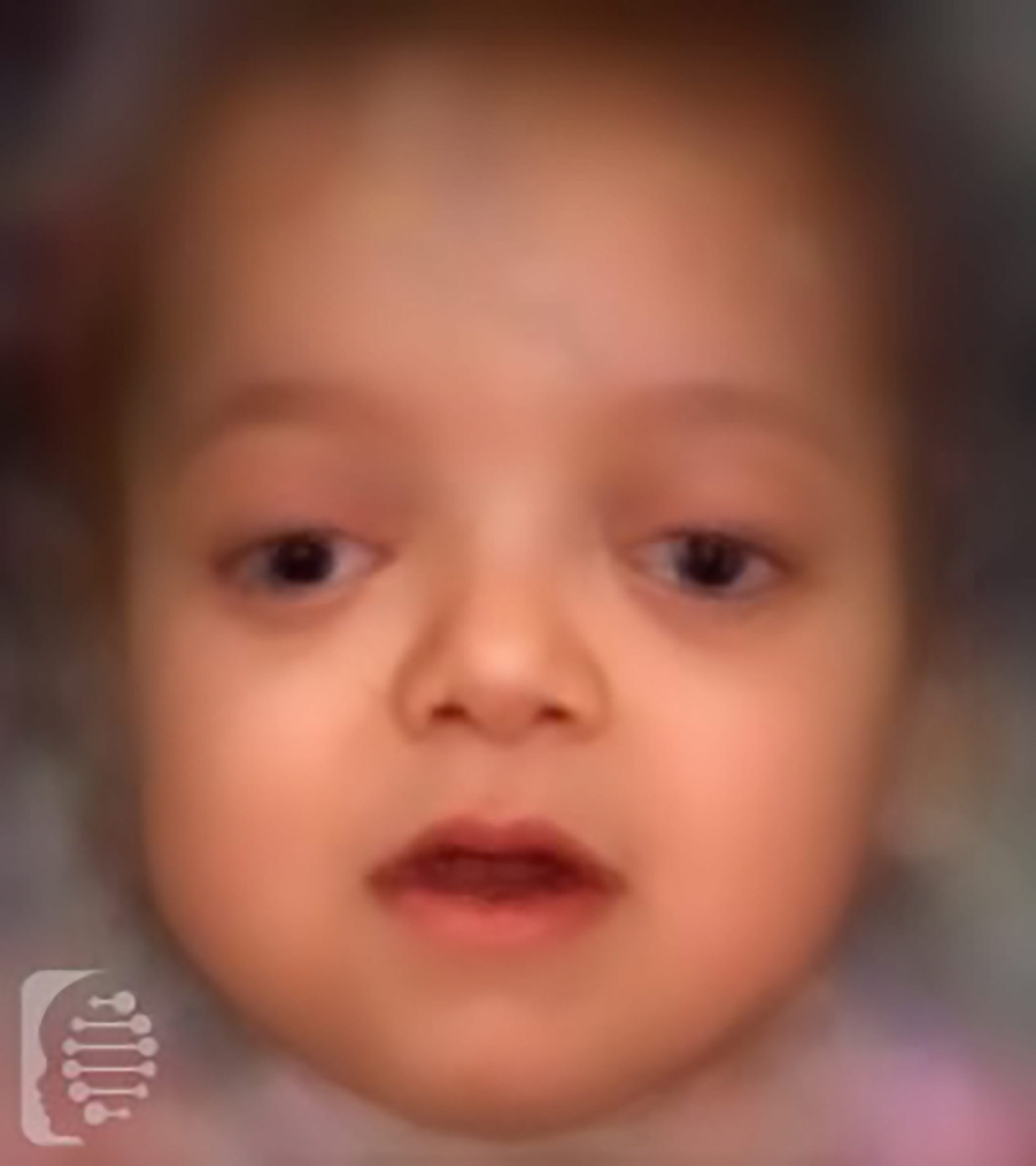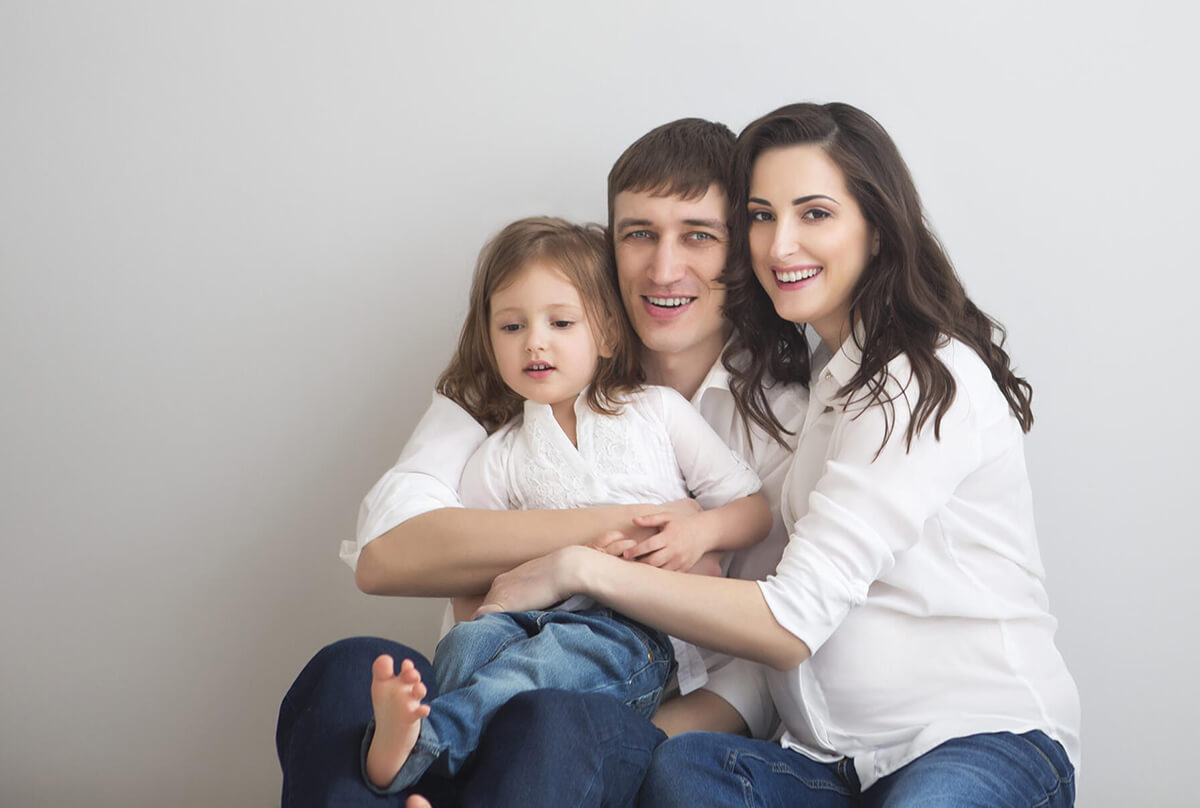Paula and Bobby
Parents of Lillie
Externally Rotated Hips

Understanding joint related symptoms and features.
Symptoms may affect multiple parts of the body. Understanding which part of the body a symptom affects, can help us to better understand the potential underlying causes of a symptom, including a rare disease or genetic syndrome.
Joints are a part of the musculoskeletal system of the body which also includes the bones of the skeleton, muscles, cartilage, tendons, ligaments and other connective tissue.
Joints are essentially where two or more bones meet to allow for movement.
Symptoms affecting the joints can not for the most part be seen with the naked eye. Diagnosing a joint related symptom may involve different tests and assessments, both subjective and objective.
Symptoms relating to the joints may affect the ability of an individual to function and move normally.
What are externally rotated hips?
Infants may be born with feet pointing outward, an external rotation that appears to affect the entire leg, but is usually based on the position of the hips. This condition is less noticeable in babies, because during late pregnancy, the hips of a fetus flex up and rotate outward in order to fit the growing legs in the uterus. In many cases, externally rotated hips cause no pain or functional difficulty to the child.
Families start to notice that as a child begins to stand and cruise, and to walk or run, they consistently point their feet outward. This is known as “out-toeing”, or “duck walk”, and is an instinctive compensation for the hip rotation. Some children may limp or experience pain at the hip, thigh, knee, or foot.
Children with externally rotated hips may learn to walk relatively late, have flat feet and/or trouble running, easily fatigue after physical activity, have poor coordination or balance, and experience pain in the hips, knees, or the lower back.
Externally rotated hips (femoral retroversion) may be due to tightness in muscles of the hip, or contraction. In that case, it will most often self-correct when the child begins to walk, and will disappear by the time the child is over a year old. Exercising the legs by rolling them inward may be helpful, but no major intervention is necessary.
The position of the fetus as it develops in the womb may cause femoral retroversion (external hip rotation). It also often runs in families, so that some babies may be at higher risk of being born with this condition. It could also be caused by physical trauma such as a fracture of the femur.
Identifying externally rotated hips starts with visual recognition, but diagnosis may be further complicated if there is also a separate rotation deformity such as tibial torsion, an inward twisting of the leg bones, leading to in-toeing.
Externally rotated hips as a congenital abnormality can be a marker for certain diseases or syndromes. This diagnosis also depends on other accompanying features.
What should I do next?
In some instances, externally rotated hips may be one of the features of a rare disease or genetic syndrome. In this case fast, targeted genetic analysis can give you a more accurate diagnosis.
Synonyms:
Externally rotated hips, external rotation of the hip, external rotation contracture of the hip, femoral retroversion
HPO:
0008796
Optional syndromes:
Clarify any concerns you may have and get tested online today!
Schedule Your Online Meeting Now
Synonyms:
Externally rotated hips, external rotation of the hip, external rotation contracture of the hip, femoral retroversion
HPO:
-
0008796
Optional syndromes:
FDNA™ Health can help you with the diagnostic journey.
Learn about child developmental delays: Causes, Symptoms, and Therapies.
Don't wait years for a diagnosis. Act now and save valuable time.
Explore the most detected symptoms in our system (numbers are global and based on the data from 120 countries):
What is FDNA Health?
With the largest global database and a leading decision-support tool using AI, FDNA™ Health enables patients and their families to better understand symptoms and conditions with the goal of shortening the time to diagnosis.
Benefits of FDNA Health
Save valuable time by
learning about possible conditions
and report to your clinician
Advanced AI technology
and leading worldwide clinicians
shortening time to diagnosis
Looking for answers?
Worried about child development?
We are here to help you!


